Mask Wearing Tips for Kids with Sensory Issues
Posted by admin on
Wearing face masks is becoming mandatory in many public spaces as well as many schools around the world. While for some, this is a minor inconvenience, for those with breathing difficulty, hearing loss, or sensory issues, it is much more of a challenge. Below, you will find a comprehensive guide of mask wearing tips for kids with sensory issues.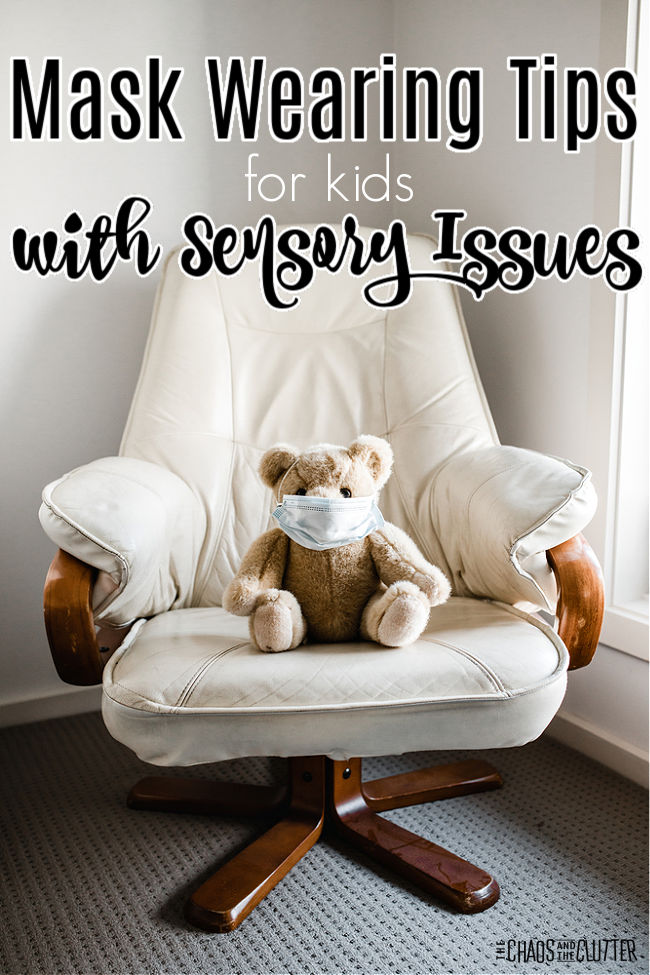 Important note: I know that there continues to be debate over mask wearing. Regardless of how you personally feel about masks, the fact remains that more and more regulations are being put in place requiring the use of masks. This article is not meant to debate the effectiveness of face masks or whether or not they should be mandated. It is meant to address the practicalities of having children wear masks, particularly children who struggle with sensory issues and may therefore find it more difficult.
Important note: I know that there continues to be debate over mask wearing. Regardless of how you personally feel about masks, the fact remains that more and more regulations are being put in place requiring the use of masks. This article is not meant to debate the effectiveness of face masks or whether or not they should be mandated. It is meant to address the practicalities of having children wear masks, particularly children who struggle with sensory issues and may therefore find it more difficult.
The Challenges of Wearing a Mask for Kids with Sensory Issues:
- Texture or scratchiness of the fabric
- Sensation or tightness against the face
- Smell inside the mask
- Heat and dampness inside the mask
- Pulling or tugging on the ears or at the back of the head
- Breathing out through the mouth can cause more dampness and the smell of recycled air.
- Breathing in and out through the nose can feel restrictive.
- Kids who struggle with oral sensitivities may suck on their mask, creating a wet patch. Experts say this renders the mask essentially useless.
- Difficulty reading facial expressions on others who are wearing masks, particularly for kids who have poor visual perception skills.
You’ll want to play detective by observing and asking questions to determine what specific challenges your child is having with wearing a mask or keeping it on. This information will help you be able to address those issues and find solutions.
Tips to help kids with face masks:
Be a role model.
Wear a mask yourself and do so without complaining to your child about how much you dislike it. Our kids are watching what we do more than listening to what we say. Regardless of how you feel about mask wearing, if you know it will be required, make the best of it yourself. This will speak volumes to your child.
Practise, practise, practise.
Before going into a situation such as a public place or school where a mask has to be worn, allow your child to practise at home. Start with short bursts of time and increase the time gradually.
Practise with the mask when the child has a distraction such as when they are watching a movie or playing on a tablet. Some children also find it easier to practise outside as they feel less restricted and there may be less other sensory stimuli to contend with.
Plan low risk outings as practise where you can leave if need be and where there is not a lot of other competing stimuli.
Reduce other sensory stimuli.
Remember that no matter what mask your child wears, it will be more sensory input. Sensory overload will happen more quickly due to mask wearing. Sensory overload may lead to sensory meltdowns. You may also want to read more on preventing sensory meltdowns from sensory overload.
You can cut back on sensory overload by reducing some of the other stimuli in your child’s environment. You may also want to talk to their teacher about reducing some of the distractions in the classroom as well.
While reducing outside sensory stimuli is helpful, you’ll also want to ensure that your child also receives enough healthy sensory input during the day. Of particular importance is getting proprioceptive input. This helps with calming and self regulation. Using a calm down kit can be beneficial for children.
Ask for their input.
Allow your child to have a say in the fabric, print, and fit of their mask. Choosing a fun print on the fabric can help kids express their unique personality. If your child is old enough, you can even let them help make their own mask. There are many patterns for no-sew masks available online. Being part of the creation can make them feel more a part of this process.
Be sure to also listen to their feedback about what struggles they may be having with keeping the mask on to give you clues as to how best to help them adjust. You may be surprised by what you learn. This can help tremendously in coming up with solutions.
When kids feel like they have a say in choosing their mask, they are able to feel as if they are at least able to control something in a world that can feel pretty out of control.
Offer breath mints or gum.
Breath mints, hard candies, or gum help with the smell inside the mask. Gum can also give them oral sensory feedback and proprioceptive feedback which may help prevent them from licking or sucking on the inside of their mask.
Of course, hard candies or mints can be a choking hazard, so only use this tip with older kids and those who don’t have risk factors for choking. 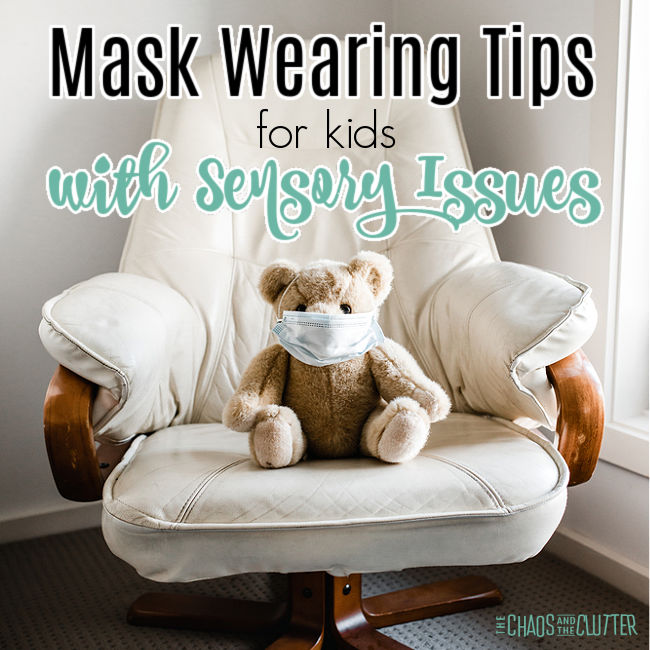
Give those ears a rest!
Having a mask looped around the ears can cause discomfort for anyone and that discomfort is multiplied for those with sensory issues. Ear savers allow a mask to be attached behind the head instead of around the ears.
Provide ear savers, a headband with buttons for the mask to loop around, caps with buttons or snaps for the mask to attach to, or a mask that fits around the head rather than around the ears to alleviate the tugging on the ears.
Clear your nose.
Prior to putting on a mask, have your child clear their nose well. This can be achieved by using a Neti Pot (if they can tolerate it) or steam from the shower. Doing this will help your child feel that they can breathe easier with the mask on.
Mask brackets for the win!
Mask brackets are a brace that fits snugly inside your existing mask. They prevent the gagging feeling some people feel when the fabric touches their face. It also helps the nose tickling that many kids complain about. For younger children, be sure to buy a children’s size.
Play.
Help kids get used to the idea of face masks through play. Purchase or make a matching mask for your child’s doll or stuffed animal. This can help direct their play and they can even begin to work through some of their emotions as they role play different situations for themselves and their toy in regards to wearing a mask. 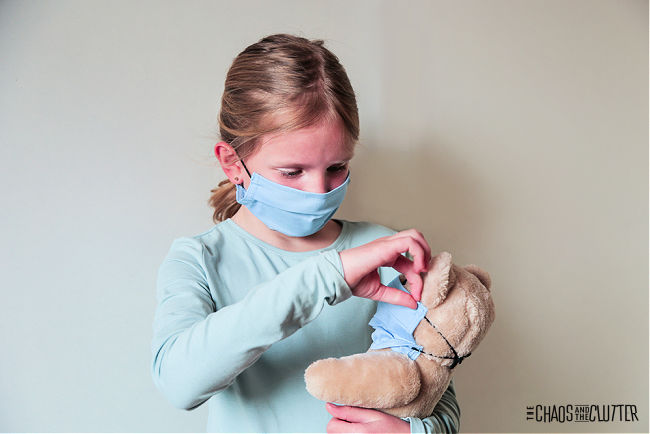 Invite your child to draw pictures of themselves and their family or friends wearing masks. This can help them express some of the emotions they may have about this “new normal”.
Invite your child to draw pictures of themselves and their family or friends wearing masks. This can help them express some of the emotions they may have about this “new normal”.
This poster shows some beloved children’s characters wearing masks.
Completing a mask colouring book is another hands-on activity that can promote discussion.
Keep hands busy.
One way to help kids resist the urge to remove their mask is to give them something else to do with their hands. Provide fidgets to keep their hands busy and to get their sensory needs met.
Explain the reason behind wearing a mask.
There are some resources that can help you talk to your child about why we’re wearing masks. We Wear Masks is a video social story that explains things very simply for younger kids. Note that the video does mention not being in school and that may no longer apply in your area.
This Face Mask Social Story is a really good way to explain things to kids and address some of their related worries.
Listen and empathize.
Even if you do everything in your power to make this easier, this big change will likely cause a mix of emotions. It is going to take a lot of adjustment for kids. Be there for them.
Be sure they know that they can share their feelings about these new rules. Acknowledge how hard this must be for them. Do not minimize their emotions. While this is something they may have to get used to doing, that doesn’t mean it will be easy and it’s okay for them to express that to you.
Create a safe place for them to say “this is hard. I feel frustrated.” 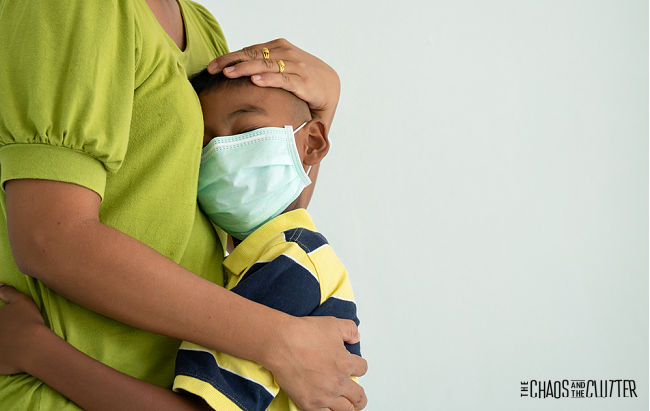
Choosing a mask:
Invite your child to be part of the decision about the type of mask they are most comfortable with.
Find a fit and fabric that your child can tolerate. Ensuring a comfortable fit will reduce the amount your child fidgets with their mask. It should fit over the mouth and nose and secure under the child’s chin. It should allow your child to breathe easily while worn.
Mask Types:
Reusable Fabric Masks
Choose a fabric that is most comfortable for your child. Soft cotton may be the most comfortable fabric for most, but some kids may prefer seersucker, satin, or synthetic fabric. Some parents add a softer layer as a liner as this will be what touches the skin.
Allow your child to pick a fun pattern as this can help them get more excited about wearing the mask.
Some fabric masks allow you to add a filter. For one of our daughters, the flap inside for the filter insert was driving her crazy, so we sewed that flap shut.
Disposable or Surgical Masks
Some people find that the disposable masks allow more air flow while others find them more restrictive than cloth. This is something you will have to experiment with to see what your child prefers.
I find personally that the 3 ply surgical style masks get less hot inside than the fabric ones. However, in winter, the warmth of a cloth mask may prove quite welcome!
Masks with a Built-in Filter
Masks with a built-in filter tend to be made of a heavier material and be a bit bulkier. They may, therefore cause more distress for kids with sensory issues. If you choose to go this route, be sure your child has rest periods where they can remove the mask for a time.
Clear Masks
One of our daughters is deaf and relies on lip reading to “hear”. As you can imagine, mask wearing, particularly by her teachers, therapists, and family members has made her life much more difficult, so we have instead used different versions of clear masks.
Cloth masks can be sewn with a clear window using clear shower curtains or clear page protectors. My neighbour and friend sewed some for me using this clear mask pattern.
You can also purchase clear masks or the type that are cloth with a clear window.
To keep the clear window from fogging up:
- Add some Dawn dish soap or shaving cream.
- Spread all over the window.
- Allow it to sit for a time.
- Rinse off and dry.
Face Shields
If masks are required at your child’s school, be sure to ask about the allowability of face shields as an alternative. Our school district will only allow face shields if a mask is worn underneath.
If your school will allow them, face shields are proven to be the easiest for those who are hard of hearing to be able to both hear and lip read and some kids find them much less restrictive than masks. You can purchase face shields in children’s sizes or adult face shields.
Neck Gaiters or Buffs and Bandanas
While many school districts do not allow the use of bandanas or neck gaiters in place of masks, some do. Again, some kids find these easier or at least more familiar to wear while others find them to be worse as they are bothered by the feel of it on their neck. It comes down to your child’s sensory preferences and what works best for them.
This is a possible alternative option to try if you haven’t been able to find a mask that suits your child’s sensory needs. 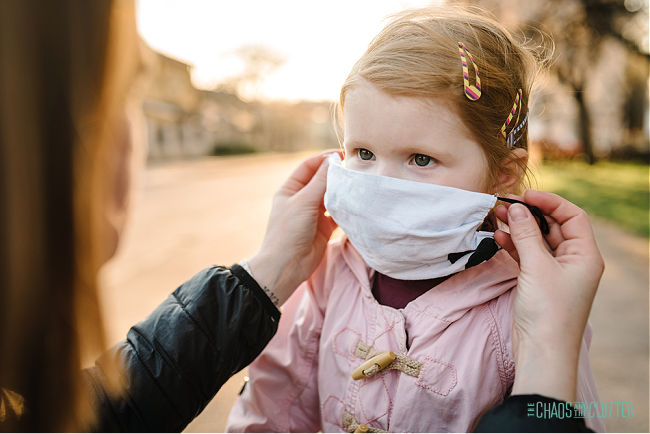
Mask fit:
The other important consideration is the fit of the mask. Some children prefer a more snug fitting mask, while others like there to be as much space as there can be.
Some masks fit around the ears while others tie or secure behind the head. Ear Savers can make around the ear masks fit more like behind the head masks.
Mask brackets help eliminate the side gaps and give a better overall fit.
Safety tips:
Be sure to follow safety guidelines such as not wearing a mask for children under 2, while exercising, while eating or drinking, or when in the water.
According to the CDC, children under age 2 or anyone who has trouble breathing, is unconscious, incapacitated or otherwise unable to remove the mask without assistance should never use a cloth face covering.
I am not a doctor or medical expert. The tips in this article are designed as suggestions to help you and your child but are not meant to replace medical or expert advise.
What things have you found helpful when it comes to your child wearing a mask?
Enter your email below to get a free copy of the Pandemic Journal for Kids, printable pages to help them process their emotions and better express themselves.
You may also be interested in reading:
The Complete Guide to School at Home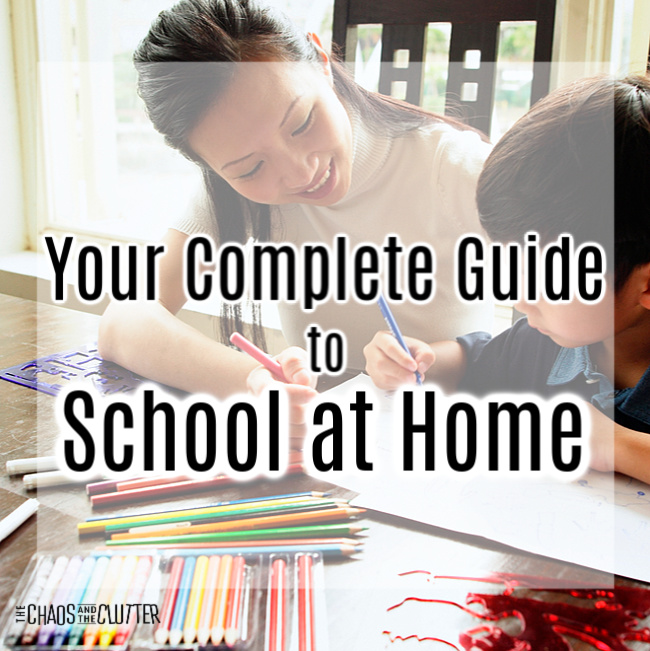
Surefire Signs Your Child has Sensory Issues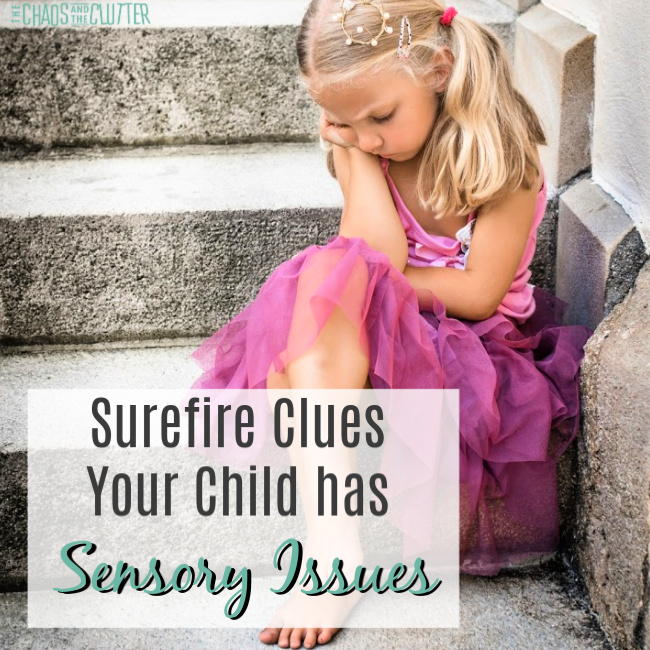
50 Awesomely Simple Calm Down Strategies
The post Mask Wearing Tips for Kids with Sensory Issues appeared first on The Chaos and the Clutter.
